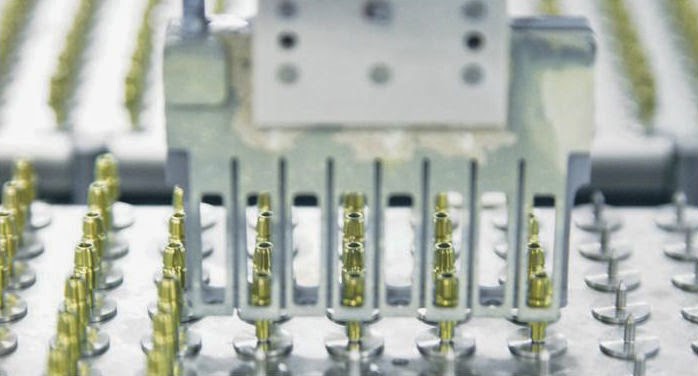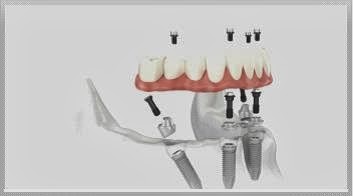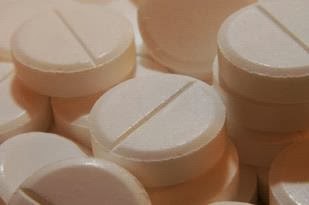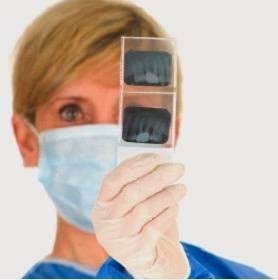If you are wondering what the difference between an orthodontist and a general dentist is, remember that all orthodontists are dentists but not all dentists are orthodontists. An orthodontist in Silver Spring, MD is a dentist has who gone through additional training after dental school to learn the specifics of orthodontics. The practice of orthodontics deals strictly with straightening of the teeth with different means such as braces and retainers. These orthodontic tools work to fix crooked teeth by applying pressure to the teeth and jaws over a period of time. Orthodontists also help people who have an under-bite or an overbite. Crooked teeth, under-bites, and overbites are primarily cosmetic concerns, rather than health problems (such as gum disease). In the past, children and teens were the main candidates for braces and retainers, but there’s now a growing population of adults who seek to have straighter teeth.
You may think it’s a phenomenon of modern times for people to want straight teeth and an eye-pleasing bite, but the practice of teeth straightening has existed since 400 B.C.! Even Hippocrates wrote about methods for straightening crooked teeth. The old methods were often crude attempts, and some were definitely not safe and effective like the modern methods we have now. During the 19th century, two doctors by the names of Normal Kingsley and Edward Angle came up with the concept of applying external pressure to the teeth and jaws to fix crooked teeth, and they are known as the fathers of modern orthodontics.
Orthodontists work with the aesthetics of your smile.
 While primarily a cosmetic concern, sometimes crooked teeth or a severe overbite or under-bite can cause health problems. Such health issues may range from clicking jaws, difficulty eating, TMJ, and sleeping problems to headaches and difficulty keeping teeth clean with regular flossing and brushing. If you suffer from any of these issues, speak to your general dentist. He or she may refer you to an orthodontist if the cause of your health problems is believed to be a result of teeth misalignment or a bite problem.
While primarily a cosmetic concern, sometimes crooked teeth or a severe overbite or under-bite can cause health problems. Such health issues may range from clicking jaws, difficulty eating, TMJ, and sleeping problems to headaches and difficulty keeping teeth clean with regular flossing and brushing. If you suffer from any of these issues, speak to your general dentist. He or she may refer you to an orthodontist if the cause of your health problems is believed to be a result of teeth misalignment or a bite problem.
Orthodontists can also help you achieve better health.
 Many people are still unaware that sleep apnea, snoring, and bruxism (teeth grinding) at night can cause daytime sleepiness and a general feeling of not waking up fully rested in the mornings. Even more are unaware that an orthodontist can help with these problems by assessing your bite (balance between the upper and lower jawbones). Some people may require surgical treatment to fix their jaws, but most people will simply just require braces or a mouth guard to wear at night. If you have concerns with your quality of sleep, speak to your general dentist about a referral to see an orthodontist in Silver Spring.
Many people are still unaware that sleep apnea, snoring, and bruxism (teeth grinding) at night can cause daytime sleepiness and a general feeling of not waking up fully rested in the mornings. Even more are unaware that an orthodontist can help with these problems by assessing your bite (balance between the upper and lower jawbones). Some people may require surgical treatment to fix their jaws, but most people will simply just require braces or a mouth guard to wear at night. If you have concerns with your quality of sleep, speak to your general dentist about a referral to see an orthodontist in Silver Spring.
A general dentist has completed a bachelor’s degree, plus four years or more in dental school. An orthodontist in Silver Spring, MD has completed a bachelor’s degree, four or more years of dental school, and further training (usually two years) and residency in orthodontics before they can open their own practice. They are highly skilled at their craft, and should be able to help you achieve straight teeth and a healthy bite.

 Last, but certainly not least, is there any assistance to be found for patients who would like to have the All on 4 done, but don’t have the cash upfront to pay for it?
Last, but certainly not least, is there any assistance to be found for patients who would like to have the All on 4 done, but don’t have the cash upfront to pay for it?





 Again, in keeping with the holistic approach to providing the best and most individualized care for patients,
Again, in keeping with the holistic approach to providing the best and most individualized care for patients,  Your dentist will be able to see from the health of your teeth and gums exactly where it is your home oral hygiene routine is lacking and how you might be able to change your daily habits to allow for better health. Now’s the time to get educated, so ask your Silver Spring dentist and oral hygienist how you can improve your dental health and whether there are any special products they recommend to help you achieve your goals, be it a new anti-bacterial mouth rinse or special cleaning implements, for example, a Waterpik™.
Your dentist will be able to see from the health of your teeth and gums exactly where it is your home oral hygiene routine is lacking and how you might be able to change your daily habits to allow for better health. Now’s the time to get educated, so ask your Silver Spring dentist and oral hygienist how you can improve your dental health and whether there are any special products they recommend to help you achieve your goals, be it a new anti-bacterial mouth rinse or special cleaning implements, for example, a Waterpik™. It always happens… you end up in the doctor’s chair with a problem and forget about all the other little questions you had. Before you end up in the office of your general
It always happens… you end up in the doctor’s chair with a problem and forget about all the other little questions you had. Before you end up in the office of your general  While you’re sitting in the waiting room, why not take a moment to update your medical history? The best Silver Spring dentists take a more holistic approach to oral healthcare, which means that illnesses and diseases in other parts of the body need to be considered, as they may have an impact upon the health of your teeth and gums. Certain illnesses and medications, for example, may cause “dry mouth”, which can lead to a greater risk of gum disease. Remember, the more your dentist knows about your health, the better equipped he or she will be to provide you with the best and most personalized care.
While you’re sitting in the waiting room, why not take a moment to update your medical history? The best Silver Spring dentists take a more holistic approach to oral healthcare, which means that illnesses and diseases in other parts of the body need to be considered, as they may have an impact upon the health of your teeth and gums. Certain illnesses and medications, for example, may cause “dry mouth”, which can lead to a greater risk of gum disease. Remember, the more your dentist knows about your health, the better equipped he or she will be to provide you with the best and most personalized care.